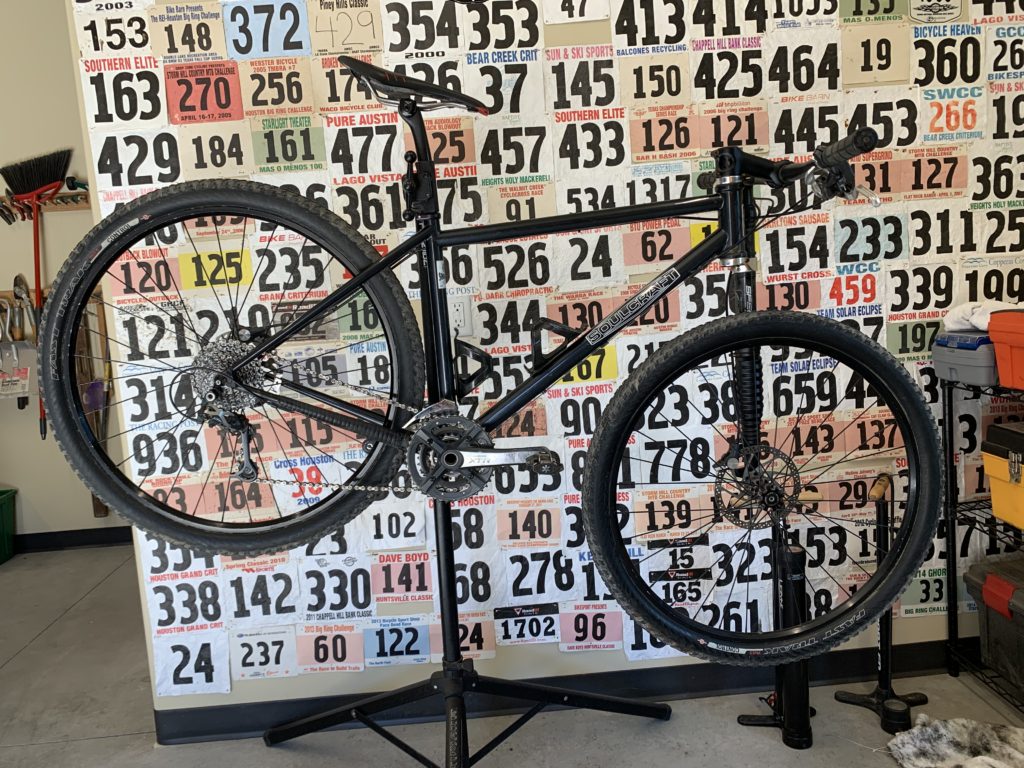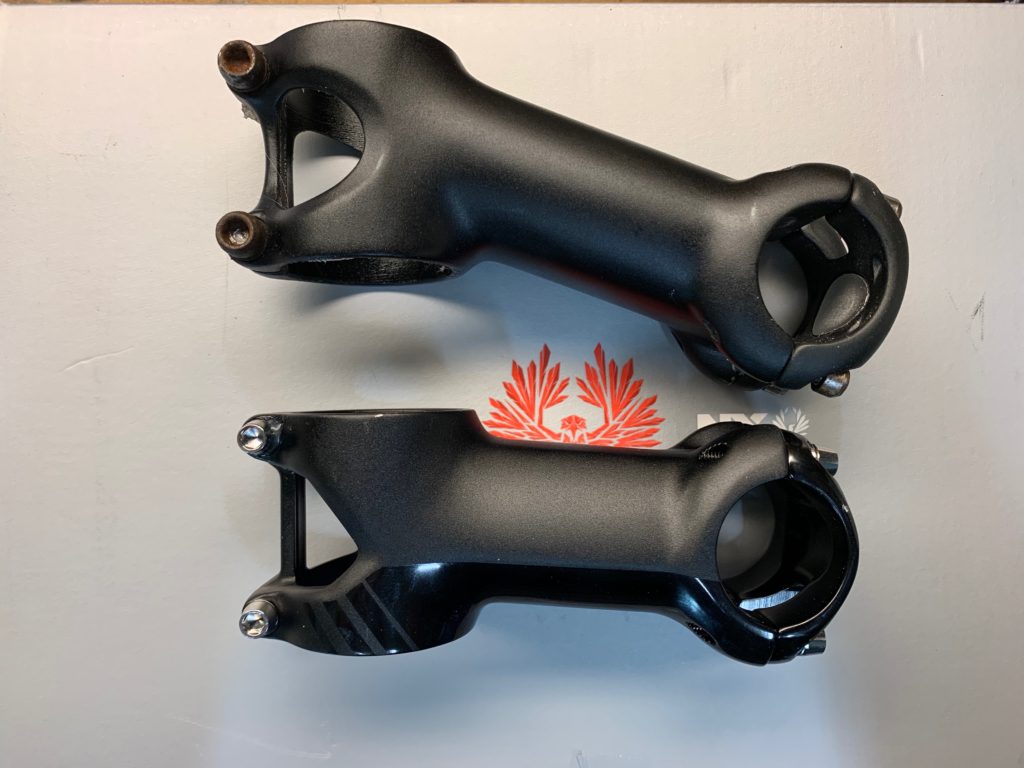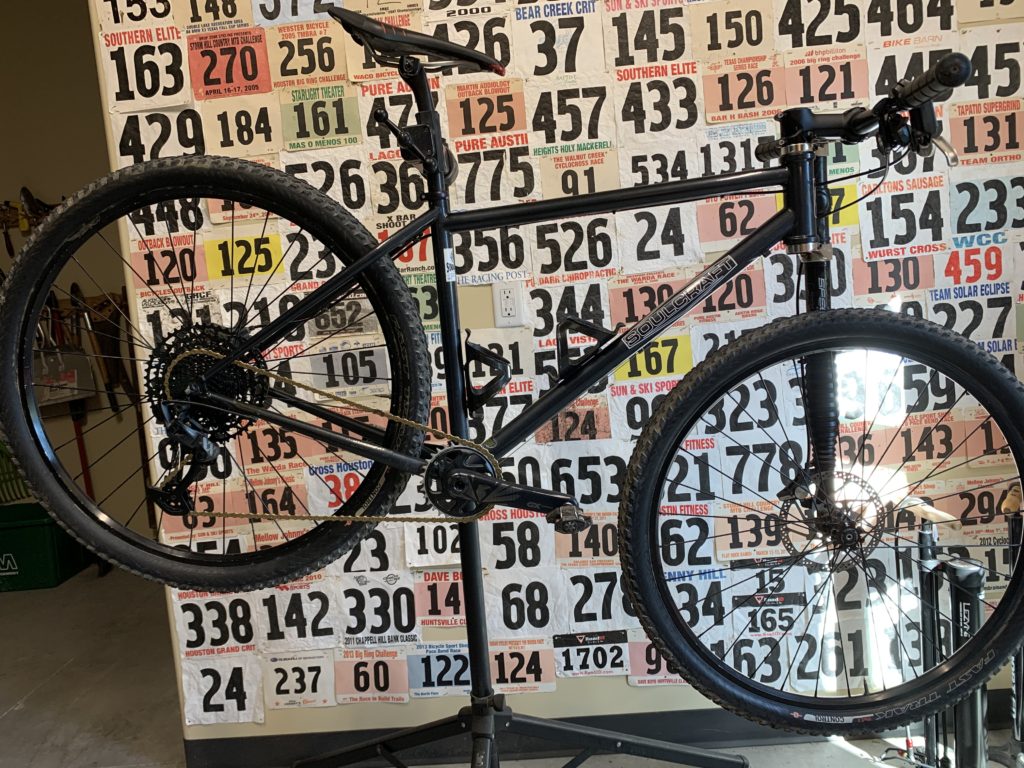
WARNING: This post contains material that may not be suitable for all readers. It contains bicycle maintenance descriptions and images that, while not necessarily disturbing, may cause drowsiness for non-bike geeks and irritability in small children. Seekingtimberline.com does not condone the activities depicted and discourages anyone from attempting them. Reader discretion is advised.
One of the great joys of riding bikes is exploring. Scan the Google mapinator for some non-descript county road, jump on the bike and see where it goes. Being new in town that means pretty much every road around here is like that for me. My ride of choice for this type of adventure is my cyclocross bike because it’s light and quick like a road bike but with knobby tires and lower gearing, so fully capable on gravel roads and smoother trails. It’s comfortable for all-day rides despite not actually being a “gravel” bike, a term that I’m suspicious is more of a marketing thing than actual reality.
But I’ve noticed that riding gravel roads in the mountains is considerably different from riding gravel roads in flat or rolling terrain. Uphill, where speeds are low, the cross bike is fine. Downhill is whole other matter. Riding a rigid, forward-geometry, drop-bar bike down a steep, rocky road in the mountains is a bone jarring, white knuckle, borderline death-defying undertaking. On one near-death outing it occurred to me that a more appropriate tool for gravel roads in the mountains is a 29” hard-tail mountain bike. Front suspension, a more relaxed geometry, flat bar and larger tires, not to mention disc brakes.
And as it just so happens, I have such a steed hanging in the garage. It’s a sweet custom-built Soulcraft Holy Roller from the wizard of steel, Sean Walling out in Petaluma, CA. An old but cool video from his website:
Light and lively, this was my race bike for years but it got relegated to more mundane riding as my aging body began to feel the need for something with full suspension for trail riding. While the frame is a hand-made work of art, there was one problem with the bike. Its vintage 2009 3×9 drivetrain has been long surpassed by time and technology and feels clunky and antiquated compared to the 1×12 set ups on current mountain bikes. So, it was time for an update.

Shimano XTR, top shelf in 2009. Rode hard and put away wet.


While I typically like to shop local, it was next to impossible to purchase a complete drive train at any of the local shops. The Internet and UPS to the rescue!

One of the cool things about SRAM Eagle components is that they’re all compatible with each other so you can mix and match parts to meet your price point. I splurged on an XX1 derailleur and chain (wooooo…. gold!), conserved on GX cranks and XO1 shifter and went with a lower-level NX cassette, mainly because the higher-end cassettes won’t fit an old-school splined driver body and I didn’t want to replace my hubs. The NX cassette, costs you 249 grams in weight versus XX1 but lets you keep $349 in your pocket, so a reasonable trade-off for what is going to be an adventure bike.
12 sprockets where 9 used to reside. Ain’t technology great?

The install went fairly smoothly thanks to excellent instructions on the SRAM website. I also replaced the bike’s hyper-aggressive 110mm, -20 degree stem with a 90mm, -5 degree setup for a more comfortable, less racy, upright ride.

Mountain gravel machine finished. Simple, 1×12 beauty. Time to go exploring!


I remember the Soulcraft well!
Welcome to the internet, Mikey. Glad to have you. I still can’t comment on the older posts but I’m pleased to read them all. Lots of adjustments to our new worlds. I finally went 1x this year! I’m still a late adopter, but I do love it.
(I once wrote a blog post with this same title :))
Thanks Julia! Yes, it’s sure fun to breathe new life into an old ride.
Pingback: Après Ski | seeking timberline